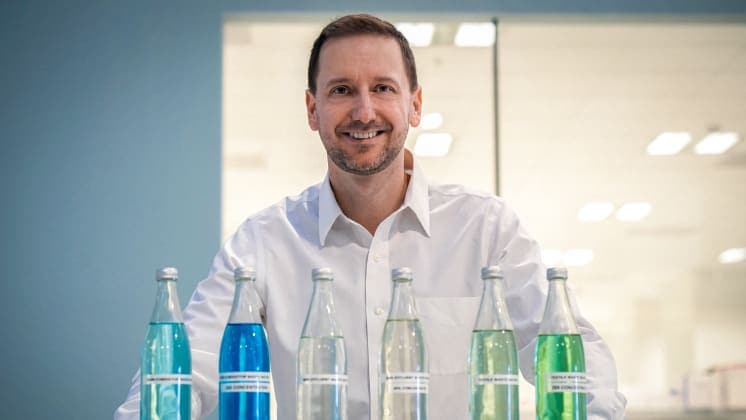Food technology professor: “Membrane concentration can play a key role in Distributed Manufacturing and sustainability”

According to Professor Lilia Ahrné, the use of membrane concentration in food and beverage production holds great potential. She points to two major trends where the technology can have a significant impact.
As an expert in ingredient and dairy process technology, Professor Lilia Ahrné takes a keen interest in new processes with the potential to add value for the food and beverage industry. Along with her colleagues in the Department of Food Science at Copenhagen University, she often uses her knowledge about the properties of food ingredients and how they change during processing to help companies develop their processes. She sees a great potential for the application of membrane technology in the food and beverage industry.
– Membrane processes are very important for sustainability purposes. They have a wide use in dairy and water processing but have not been explored so much for other products until recently. We see a growing interest in exploring the use of membrane concentration in several new product categories, says Professor Lilia Ahrné.
She points to two major trends in food and beverage manufacturing where membrane concentration can play a key role: Sustainability and Distributed Manufacturing.
Less energy intensive concentration
The global focus on sustainability has motivated many companies to innovate their processes and supply chain to reduce their CO2 emissions and energy consumption for both manufacturing and logistics. Concentrates require less energy to transport, but the concentration process itself is often energy-intensive.
– If you don’t use membrane concentration, the alternative is usually thermal evaporation, which is very energy demanding. With membranes, and especially with forward osmosis, companies can concentrate their products using far less energy, says Lilia Ahrné and adds:
– By avoiding heat-based concentration, thermal sensitive ingredients such as flavor compounds and proteins are left intact. And because Aquaporin’s membranes only remove water, all vital ingredients are left in the product. This means you have higher functionality when reconstituting the product and do not need to use additives to compensate for loss of ingredients.
Growing interest in Distributed Manufacturing
Another trend where membrane concentration is likely to make an impact is Distributed Manufacturing. For a long time, the industry has favored large-scale centralized production, but there are also downsides to this approach, especially from a sustainability perspective.
– With centralized production, companies often have to ensure that their products have a high stability and long shelf life, in many cases much more than what is required. By decentralizing production and producing concentrates that can be reconstituted and used in localized production closer to the end consumer, you can make way for new product innovation and business opportunities, says Lilia Ahrné.
Want to know more about Aquaporin's Natural Concentration Technology?
Go to our webpage aquaporin.com/food-beverage or contact us to hear about your opportunity to test our natural concentration technology.





